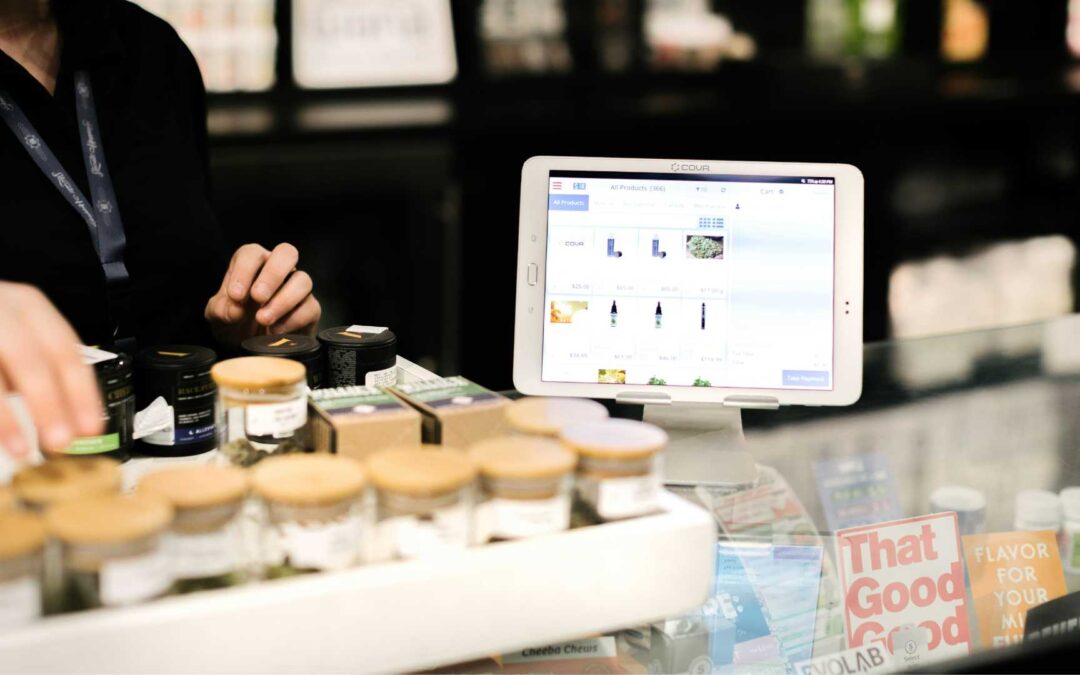Running a high-risk business often means dealing with more rules, higher fees, and tighter monitoring from payment processors. One of the most frustrating situations is when your high-risk merchant account gets blocked or suspended. Suddenly, you can’t accept card payments, customers leave, and revenue drops.
If this has happened to you, don’t panic. While it’s stressful, most account blocks can be fixed with the right steps. In this article, we’ll walk you through why merchant accounts get blocked, what you can do to unblock them, and how to prevent it from happening again.
We’ll consider real-life examples from around the world to show how these situations play out in different industries.
Why do High-Risk Merchant Accounts get blocked?
High-risk accounts are flagged more often than regular ones. Here are the most common reasons for a block:
- Too many chargebacks (disputes or refunds requested by customers)
- Suspicious transaction activity (such as a spike in sales or large orders from unknown regions)
- Violation of the payment processor’s terms of service (e.g., selling prohibited items)
- Missing or expired documents (like business licenses or compliance forms)
- Poor communication or unresponsiveness during reviews

Step-by-Step: How to unblock your High-Risk Merchant Account
Let’s walk through a clear action plan you can follow if your account gets blocked.
Step 1: Check for emails or alerts from your provider
As soon as your account is frozen, check your email. Most providers like PayPal, Stripe, or high-risk processors (e.g., PayKings, Durango, etc.) will send a reason for the suspension. They may also list the documents or actions needed to restore access.
If you don’t see anything in your inbox, check your spam folder or log in to your merchant dashboard.
Step 2: Contact the provider directly
Reach out to customer support by email, chat, or phone. Stay calm and polite. Ask for clarity on why your account was blocked and what steps are needed to lift the suspension.
Sometimes, you’ll be assigned a case manager or risk analyst. Be ready to provide honest and detailed information about your products, business model, or recent transactions.
Step 3: Submit the requested documents
In most cases, your provider will ask for documents to verify your business and review your risk level. Common documents include:
- Government-issued ID
- Proof of business registration
- Utility bill showing your business address
- Website URL with working terms, refund, and privacy policies
- Bank statements or processing history
Make sure all documents are clear, up to date, and match the information on your application.
Step 4: Explain recent activity
If your account was blocked due to sudden spikes in volume or chargebacks, write a short explanation. Be transparent about what caused the change and how you plan to fix it.
Examples of how to explain this situation:
- “We had a flash sale with 60% off, which doubled our usual volume.”
- “A new product had quality issues, which we’re fixing by switching suppliers.”
- “Our refund process was unclear, so we’ve updated the policy and trained support staff.”
Processors want to know that you’re taking steps to reduce risk.
Step 5: Wait for review and follow up
Once you’ve submitted everything, the processor will begin their review. This can take from 24 hours to 2 weeks, depending on the provider and the reason for the block.
Don’t flood support with messages, but it’s okay to check in every few days if you haven’t received an update.
Step 6: Consider alternatives
If your current provider refuses to unblock your account, don’t waste time arguing endlessly. You may need to apply for a new high-risk merchant account with another processor.
There are many providers who specialize in high-risk industries and offer more flexible terms.
What can go wrong?
Let’s take a look at some examples of blocked accounts, what caused them, and the outcome.
Chargeback Spike from a dropshipping store in the USA
A dropshipping store based in California saw a huge spike in chargebacks during a holiday promotion. Orders were delayed due to supplier issues in Asia, and customers got angry.
As a result, the store’s Stripe account was blocked for 30 days. Stripe requested full refund logs, customer emails, and a plan for shipping delays.
As a solution, the store offered full refunds, set up better tracking, and moved to a dedicated high-risk payment provider. Their account was later restored.

Missing business documents for an adult content website in Germany
A German-based subscription site for adult content was suspended after failing to submit updated business registration documents.
As a consequence, the payment provider held all funds for 90 days and froze recurring billing.
Once the updated documents were submitted and reviewed, the account was unblocked within a week. However, the business lost several customers due to the billing disruption.
Suspicious Transactions for a travel agency in the UAE
A travel company in Dubai received bookings from five different countries in 24 hours, which were suspicious to the processor. The system automatically flagged the account.
Its account was blocked immediately, and all payments were held for 60 days.
Later, the business explained it had just launched an international ad campaign. It provided campaign data, client communication, and hotel confirmations. The provider lifted the block after verifying the documents.
Tips to avoid getting blocked again
Once your account is unblocked, focus on prevention. Here are some helpful tips:
- Keep your documents up to date: set reminders to renew and re-upload business licenses or tax IDs.
- Respond quickly to support emails: a delay in answering can lead to longer freezes.
- Monitor chargebacks and refund requests: keep your chargeback rate under 1%. Consider using chargeback protection services.
- Display clear policies on your website: refunds, delivery times, terms of service, and privacy policy.
- Limit sudden spikes in volume unless you’ve informed your provider in advance (e.g., during Black Friday sales).
- Use fraud detection tools to block suspicious orders and reduce risk.
Bottom Line
In short, having your high-risk merchant account blocked is frustrating, but in most cases, it’s temporary. The key is to act quickly, stay calm, and cooperate with the provider’s request for information.
Whether your business is in e-commerce, adult services, travel, or digital subscriptions, you’re not alone. Many companies around the world deal with this issue and recover fully.
If your current provider won’t reinstate your account, there are alternative high-risk payment processors that may better suit your business model.
Need help finding a new high-risk merchant provider or fixing a blocked account? Contact our team for a free consultation, and we’ll help you get back on track.
For further insights, read our article: “Subscription Businesses in 2025: Avoid Chargeback Alerts”
Disclaimer
Widelia and its affiliates do not provide tax, investment, legal or accounting advice. Material on this page has been prepared for informational purposes only, and is not intended to provide, and should not be relied on for, tax, investment, legal or accounting advice. You should consult your own tax, legal and accounting advisors before engaging in any transaction. Please consult https://widelia.com/disclaimer/ for more information.









